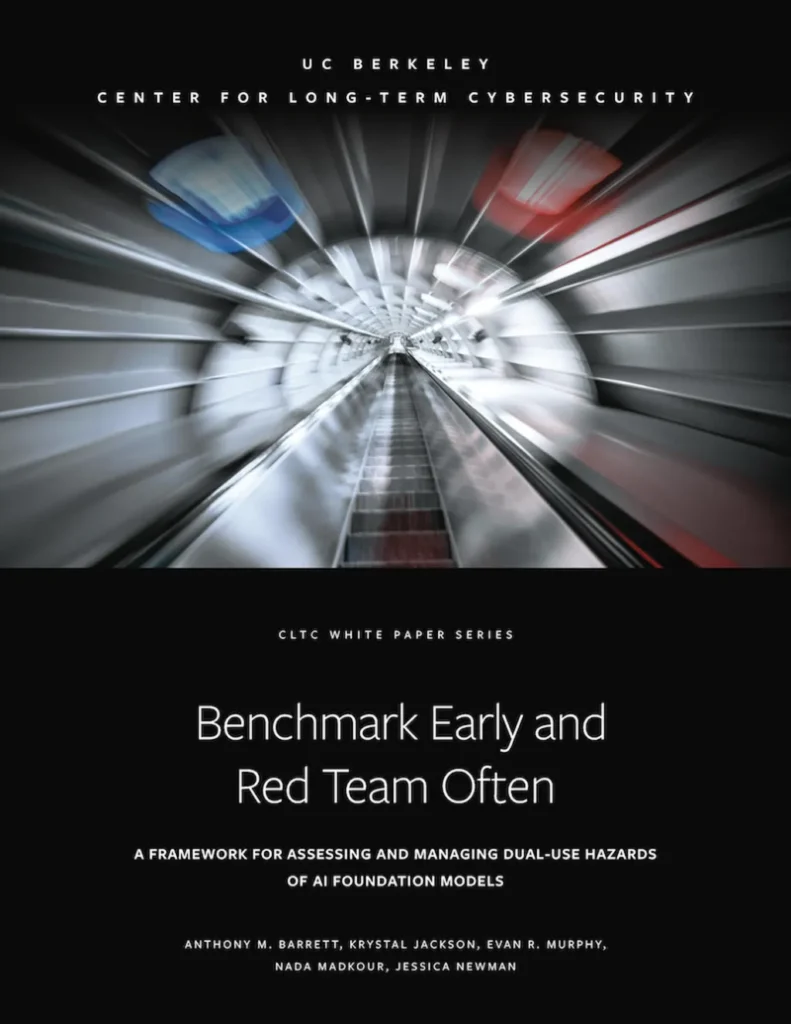Researchers Marcos Florencio and Thomas Barton, affiliated with the University of California, Berkeley, have published a study exploring the impact of architectural obfuscation on the interpretability of large language models (LLMs). Their work, titled “Mechanistic Interpretability in the Presence of Architectural Obfuscation,” sheds light on how obfuscation techniques affect the ability to understand and reverse-engineer model behaviour.
Architectural obfuscation, which includes methods like permuting hidden-state tensors, linearly transforming embedding tables, or remapping tokens, has emerged as a lightweight alternative to heavyweight cryptography for privacy-preserving LLM inference. While previous research has demonstrated that these techniques can be circumvented under dedicated reconstruction attacks, their effects on mechanistic interpretability had not been thoroughly examined until now.
Florencio and Barton trained a GPT-2-small model from scratch using a representative obfuscation map to investigate how obfuscation influences interpretability. They assumed the obfuscation map was private and the original basis was hidden, mirroring an honest-but-curious server scenario. Using logit-lens attribution, causal path-patching, and attention-head ablation, the researchers attempted to locate and manipulate known circuits within the obfuscated model.
Their findings reveal a complex interplay between obfuscation and interpretability. Obfuscation dramatically alters activation patterns within attention heads while preserving the layer-wise computational graph. This disconnect disrupts reverse-engineering efforts: causal traces lose alignment with baseline semantics, and token-level logit attributions become too noisy to reconstruct. However, feed-forward and residual pathways remain functionally intact, indicating that obfuscation degrades fine-grained interpretability without compromising overall task performance.
The study provides quantitative evidence that architectural obfuscation can simultaneously retain global model behaviour and impede mechanistic analyses of user-specific content. By identifying where interpretability breaks down, the research offers valuable insights for developing future privacy defences and robustness-aware interpretability tools.
The implications of this work extend beyond academia, particularly for the defence and security sectors. As LLMs become increasingly integral to military and intelligence applications, understanding how obfuscation techniques can protect sensitive information while maintaining model functionality is crucial. The findings suggest that architectural obfuscation could be a viable strategy for enhancing privacy in defence-related language models, ensuring that critical information remains secure without sacrificing operational effectiveness.
Moreover, the study highlights the need for advanced interpretability tools that can adapt to obfuscated models. As defence agencies increasingly rely on AI for decision-making, the ability to interpret and trust model outputs is paramount. The research by Florencio and Barton paves the way for developing more resilient interpretability methods that can operate effectively in obfuscated environments, ensuring that defence systems remain both secure and transparent.
In summary, the work of Florencio and Barton represents a significant step forward in understanding the interplay between privacy and interpretability in large language models. Their findings not only advance the field of AI security but also offer practical guidance for defence and security applications, ensuring that technological advancements align with the evolving needs of national security. Read the original research paper here.

